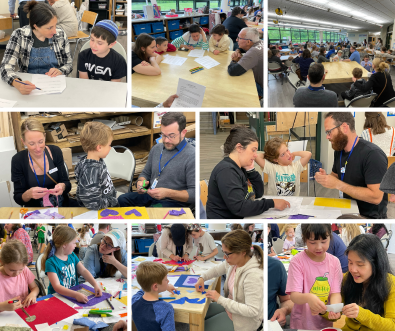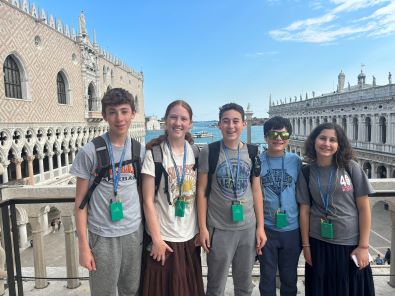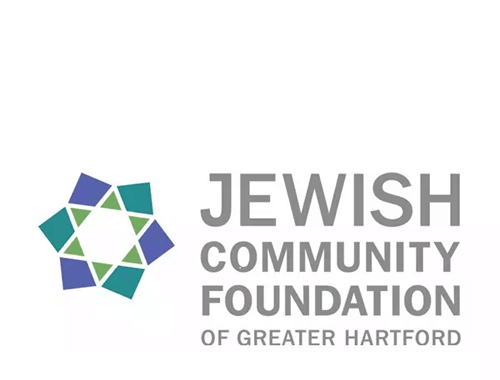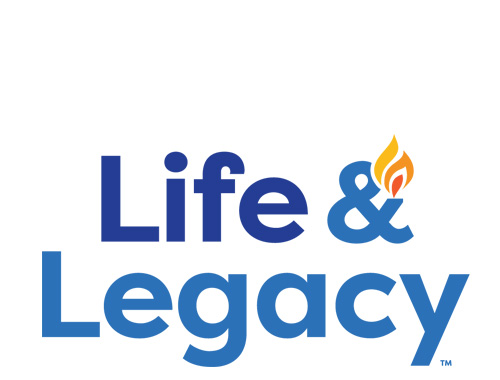Schechter Shavua: May 24, 2024
Shark Tank: Schechter-Style
 Alim students (grades 3-4)were tasked with a challenge and equipped with the necessary tools in our beautiful Scott Shoham z”l Memorial Makerspace! For the Alim Shark Tank project, students collaborated with the goal of creating an invention to address the theme of Fairness in our school. Through the engineering design process, students worked to find solutions, identified constraints, designed, planned, asked questions, imagined, and created their inventions! Like other engineers who go through this process, students who discovered problems with their designs learned from these glitches and improved on their ideas, promoting creativity, teamwork, and perseverance. Projects included portable ramps, conveyor belts, special earplugs, school maps that incorporate braille, and a device to help students concentrate.
Alim students (grades 3-4)were tasked with a challenge and equipped with the necessary tools in our beautiful Scott Shoham z”l Memorial Makerspace! For the Alim Shark Tank project, students collaborated with the goal of creating an invention to address the theme of Fairness in our school. Through the engineering design process, students worked to find solutions, identified constraints, designed, planned, asked questions, imagined, and created their inventions! Like other engineers who go through this process, students who discovered problems with their designs learned from these glitches and improved on their ideas, promoting creativity, teamwork, and perseverance. Projects included portable ramps, conveyor belts, special earplugs, school maps that incorporate braille, and a device to help students concentrate.
On Wednesday, student design teams showed off their prototype at a sales pitch event. We are so proud of the ways that Alim students are thinking of others and finding ways to improve the world!
For more photos click HERE
Anafim Families Turn Text into Textiles
 Anafim (grades 1-2) students and parents recently gathered together in our beautiful new Scott Shoham z”l Memorial Makerspace for a hands-on "Text to Textiles" workshop guided by Heather Stoltz from Sewing Stories. The workshop provided an opportunity for students and parents to study Jewish texts based on each of our school's five core values; they used those texts to inspire an art project that will become a permanent wall hanging in the school. For example, they studied a passage from Pirkei Avot that references the importance of Lev Tov (having a good heart), then discussed questions that stimulated conversations between students and parents about what Lev Tov means to them, why it is an important core value of the school, and what they already do -- and could do in the future -- to live up to this core value. Then families worked together to create a fabric image inspired by these conversations, such as a table of food being shared among friends. It was a special morning of art and Jewish learning together!
Anafim (grades 1-2) students and parents recently gathered together in our beautiful new Scott Shoham z”l Memorial Makerspace for a hands-on "Text to Textiles" workshop guided by Heather Stoltz from Sewing Stories. The workshop provided an opportunity for students and parents to study Jewish texts based on each of our school's five core values; they used those texts to inspire an art project that will become a permanent wall hanging in the school. For example, they studied a passage from Pirkei Avot that references the importance of Lev Tov (having a good heart), then discussed questions that stimulated conversations between students and parents about what Lev Tov means to them, why it is an important core value of the school, and what they already do -- and could do in the future -- to live up to this core value. Then families worked together to create a fabric image inspired by these conversations, such as a table of food being shared among friends. It was a special morning of art and Jewish learning together!
Students Experience Ancient and Jewish Civilizations in Italy
 Schechter 8th graders and Senora Castro had the extraordinary opportunity to visit Italy along with their counterparts from Ezra Academy in New Haven. They explored Rome and briefly visited Florence and Venice, visiting many historical sites including the Colosseum,Trevi Fountain, Piazza Navona, Pantheon, Castel Sant’Angelo, Vatican Museum, Sistine Chapel, St. Mark’s Basilica and the Doge Palace. They took day trips to Pompeii and hiked up to Mount Vesuvius and visited beautiful medieval Tuscan villages. They traveled by train, bus, metro, and boats such as vaporetto and gondola and experienced Italian culture by learning how to make pasta and fight like a Gladiator, and trying many flavors of gelato.
Schechter 8th graders and Senora Castro had the extraordinary opportunity to visit Italy along with their counterparts from Ezra Academy in New Haven. They explored Rome and briefly visited Florence and Venice, visiting many historical sites including the Colosseum,Trevi Fountain, Piazza Navona, Pantheon, Castel Sant’Angelo, Vatican Museum, Sistine Chapel, St. Mark’s Basilica and the Doge Palace. They took day trips to Pompeii and hiked up to Mount Vesuvius and visited beautiful medieval Tuscan villages. They traveled by train, bus, metro, and boats such as vaporetto and gondola and experienced Italian culture by learning how to make pasta and fight like a Gladiator, and trying many flavors of gelato.
Students also experienced connections to Jewish Italian communities by visiting the Jewish Ghetto and Museum in Rome and the Spanish and Italian synagogues in the first Jewish ghetto in Venice. They also dined in kosher restaurants where they tasted a familiar yet distinctive cuisine with fellow Jewish travelers. They learned that there are three main types of religious rites celebrated in Italy: Sephardic, Ashkenazic and Italian — a local rite that evolved from the Jewish community that lived in Italy before the destruction of the Temple. They were surprised to discover that all officially established Italian Jewish communities are Orthodox, with the women seated separately from the men. In the Tempio Maggiore in Rome, where they attended shabbat services, the girls and their chaperones sat two floors up and were seated behind a screen. They found the Italian prayer services different from what they are used to, as the cantor chants almost everything.
Although the students were sad not to end their time at Schechter with a culminating trip to Israel, they were fascinated by learning about the ancient culture of Italy and its connection to Jewish history throughout their journey.
Click HERE to view photos of the 8th graders in Italy.
Enthusiasm Marks Celebrations of Israel's Birthday
 Yom Ha'atzmaut is one of the favorite days for Schechter students and faculty. Dancing, food, games, art, ingenuity, student leadership, and Hebrew are all part of the mix. We even enjoyed a delicious falafel lunch thanks to our Food Services Coordinator, Danielle Weiss! Many thanks to Anat, Renana, Ruth, and Limor for their dedicated organization, and to our amazing middle school students for helping the younger ones enjoy a fantastic day!
Yom Ha'atzmaut is one of the favorite days for Schechter students and faculty. Dancing, food, games, art, ingenuity, student leadership, and Hebrew are all part of the mix. We even enjoyed a delicious falafel lunch thanks to our Food Services Coordinator, Danielle Weiss! Many thanks to Anat, Renana, Ruth, and Limor for their dedicated organization, and to our amazing middle school students for helping the younger ones enjoy a fantastic day!
Click HERE to see photos of Yom Ha’atzmaut!
Parashat Behar—“Whose Land Is It, Anyway?”
 Concerns about the gap between rich and poor loom large in our political discourse. Many Americans feel that they are stuck in an unfair system that benefits those with inherited wealth, and elected officials and candidates have tapped into their frustration. While I share the concern (about the gap) and understand the frustration, I find it troubling that many proposed solutions are rooted in resentment and jealousy.
Concerns about the gap between rich and poor loom large in our political discourse. Many Americans feel that they are stuck in an unfair system that benefits those with inherited wealth, and elected officials and candidates have tapped into their frustration. While I share the concern (about the gap) and understand the frustration, I find it troubling that many proposed solutions are rooted in resentment and jealousy.
Against this climate, this week’s parashah is inspiring and refreshing. It includes laws that address issues of inequality—and while the laws themselves would be unworkable in our complex market economy, their values are inspiring, based on a desire for justice and respect. To me, this parashahcouldn’t come at a better time.
The laws govern shemitah , the sabbatical year, when slaves were set free, and yovel, the jubilee year, when land that had been sold was returned to its original owners. What is the reason for all these laws? In ancient times, people sold their land and became servants only because they were in desperate straits. The Torah wants to find a way to help the poor by offering a periodic economic reset; it understands that gaps will develop between the rich and the poor, but wants to ensure that those gaps don’t become permanent.
As the Torah describes this fascinating system, it never appeals to envy or resentment—and when discussing the possibility that an Israelite might become the slave of a non-Jew, it doesn’t turn xenophobic. Instead, we are told that when we possess servants, we must remember that we are God’s servants. While we may buy and sell pieces of property, the land’s true master is God. When we are wealthy, the Torah wants us to temper our pride with compassion; when we are needy, the Torah wants us to retain our sense of dignity and to assure us that we can rise up.
May these values of compassion and human dignity inspire our current and future leaders!
Shabbat shalom,
Rabbi Jonathan Berger
Head of School
Questions for the Shabbat table:
- What other laws in the Torah encourage taking care of the poor? How do these laws of land return and debt cancellation go further?
- Is there a place in American political discourse for the idea that the land, ultimately, isn’t ours?
Solomon Schechter Day School
of Greater Hartford
26 Buena Vista Road
West Hartford, CT 06107
© Solomon Schechter Day School of Greater Hartford | Site design Knowles Kreative




